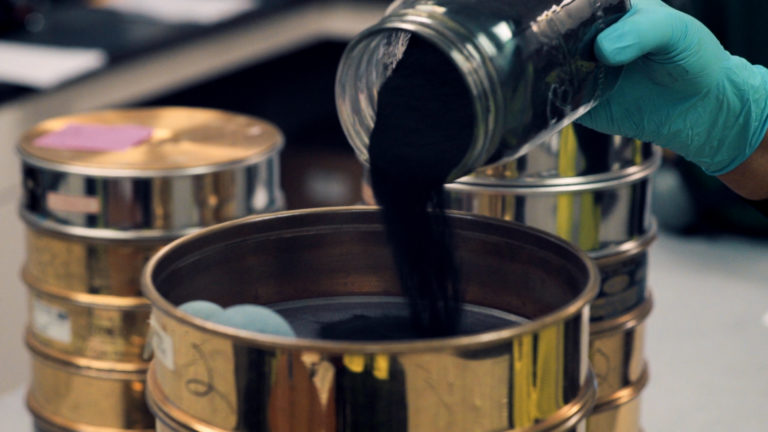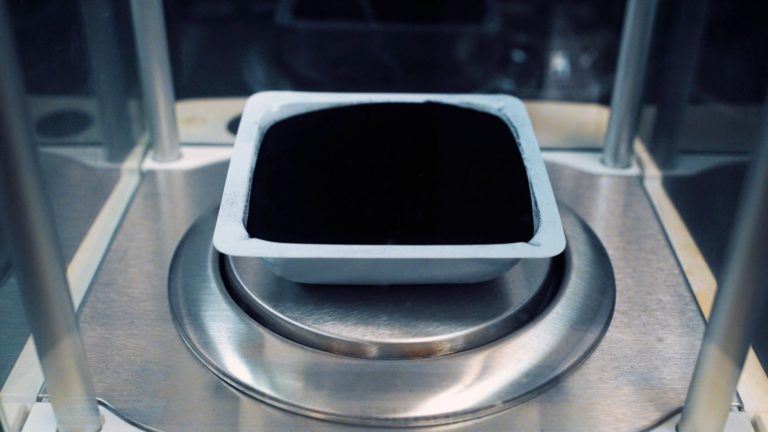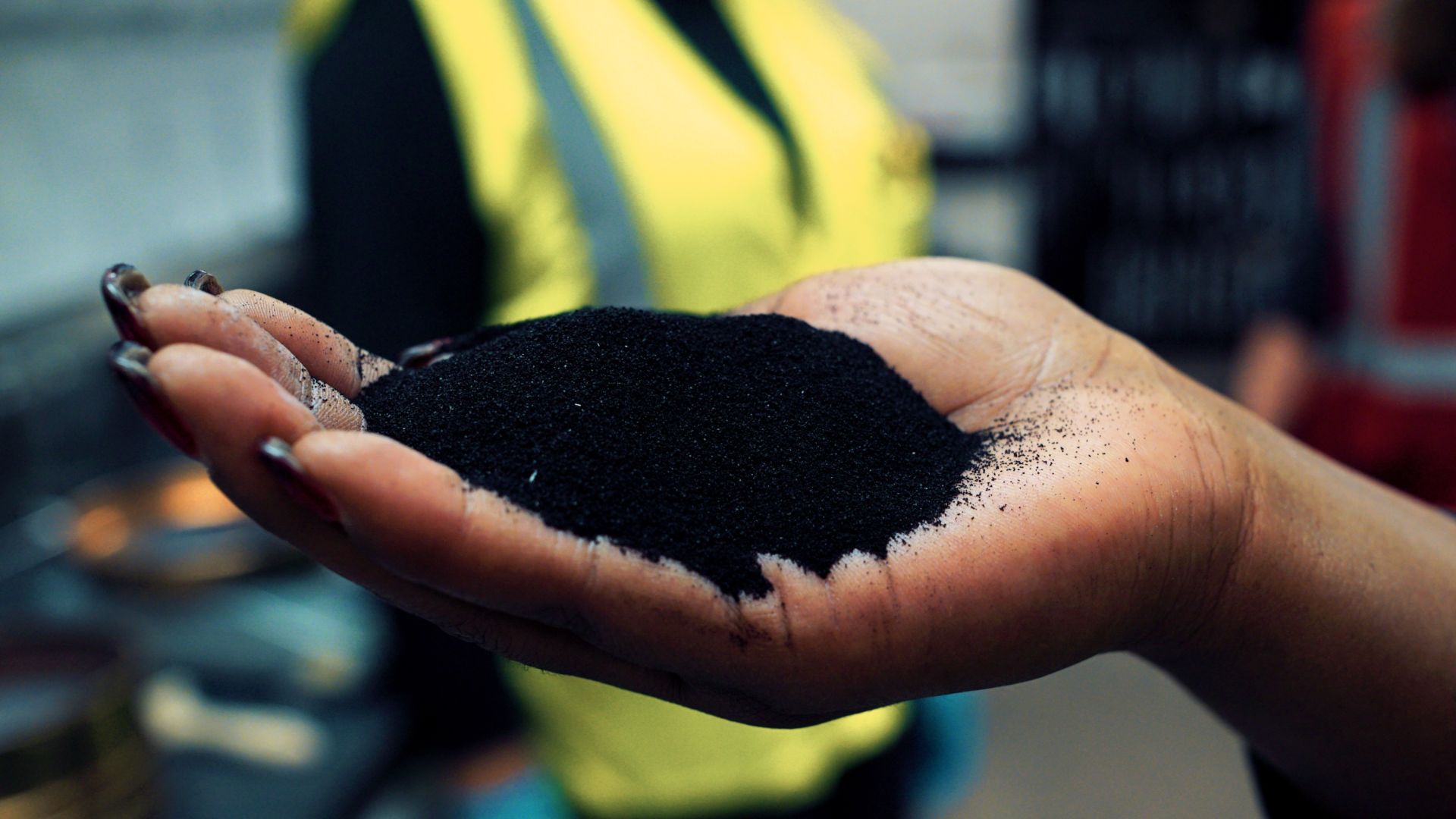Lacking the expansive resource endowments and sheer size of continents like North America, Australia, and Africa, Europe has always been at the forefront of material efficiency. The continent routinely leads the world in key sustainability endeavors, such as high rates of public transportation, recycling, and renewable energy adoption. Nowhere is this more evident than Europe’s emphasis vision of the circular economy. Through a combination of intellectual leadership from academic institutions, policymakers and innovation from the private sector, Europe has become the embodiment of the circular economy — an economic system whose success is essential to stopping climate change.
World-Leading Academic Ecosystem
In many ways, the continent’s intellectual firepower has acted as the catalyst to both developing theory and putting it into practice. Throughout Europe, the academic community is especially devoted to honing the key tenets of the circular economy and pushing the research ecosystem forward. The continent is home to the movement’s first think tank, the Product-Life Institute in Switzerland. Especially, the iconic Ellen Macarthur Foundation in the United Kingdom, whose seminal report Towards the Circular Economy is seen as one of the movement’s core guiding texts. Led by these prominent organizations, some of the brightest minds and finest universities in the world are redesigning the current linear economic system to one that eliminates waste and pollution while decoupling economic activity from consumption of finite resources.

Putting Ideas Into Practice — Circular Economy Policy in the European Union
In parallel, European political institutions have led the way in designing public policy to implement the ideas and goals set forth by the research community. An idea as abstract as the circular economy is challenging for constituents to rally around, but popular appeal has translated into a powerful web of agencies and committees dedicated to pushing the agenda forward. The European Union made the Circular Economy a core component of its environmental and economic policy and has been gradually adopting different strategies and directives since its ambitious Circular Economy Action Plan was adopted in December 2015. In 2018, the EU laid out its Circular Economy Package to implement this Action Plan, which includes a comprehensive list of initiatives, key performance indicators, and legislative proposals, all of which is underpinned and guided by research from the continent’s academic community. Led by the guidance of the EU, Europe has succeeded in cultivating a political and research ecosystem that works together to make prudent, impactful policy targeting all circular economy verticals.
Editor’s Picks — Related Articles:

“The Great Turning: from Mutant Capitalism to the Circular Economy”

“A Circular Concept: How Businesses Can Speed Their Climate Work”
Positive Signals for Chemical Innovators
Revamping mobility, agriculture, and waste management gets much of the press, but none are more important than overhauling the economy’s Chemicals industry. Reducing reliance on petrochemicals and other non-renewable inputs for manufacturing, construction, and other heavy industry verticals is essential to meeting the sustainability framework outlined by institutions like the Ellen MacArthur Foundation.
Thankfully, the thoughtful research and long time horizon required to meet this challenge has not dissuaded European policymakers from pushing policy forward;
The framework, as it relates to materials used for economic activity, goes beyond recycling by expanding the scope of sustainability to the entire lifecycle of physical products and enabling closed-loop, waste-free production processes. Thankfully, the thoughtful research and long time horizon required to meet this challenge has not dissuaded European policymakers from pushing policy forward; Bjorn Hansen, executive director of the European Chemicals Agency (ECHA), has been a strong proponent of making the “heavy investments” in chemical innovation and ensured the Circular Economy Action Plan includes proper guidelines for the chemicals industry.

Market Indicators
Europe’s dedication to all aspects of the circular economy, especially in sustainable materials, has created an attractive business environment for specialty chemicals companies. At Lehigh Technologies, we transform waste materials into highly engineered, versatile raw materials called micronized rubber powders (MRP) that can replace oil- and rubber-based feedstocks in a wide range of applications. Last summer, we unveiled our first MRP plant outside of the U.S. in Navarra, Spain, constructed in partnership with our Spanish partner Hera Holding. We are incredibly pleased to supply one of our most vital markets with locally-produced feedstocks and, as a private company working on hard science materials innovation, to have officially entered the most active circular economy community in the world. The Hera Facility validates the signals European policymakers have been carefully building for years, and we look forward to sharing the values and synergies gained from having a presence in this versatile sustainability ecosystem.

Beacon of Hope for the Circular Economy
Just as Europe’s leadership stimulated the demand for our products and eventually our overseas presence, it also continues to pull others into its sustainability orbit. In July, the EU signed a Memorandum of Understanding on Circular Economy Cooperation with China, the world’s largest economy. Transitioning to the circular economy is a long term challenge, but the cooperative relationship and strategic alignment between European policymakers and chemical companies around the world make the continent a shining example of how it can be done.









